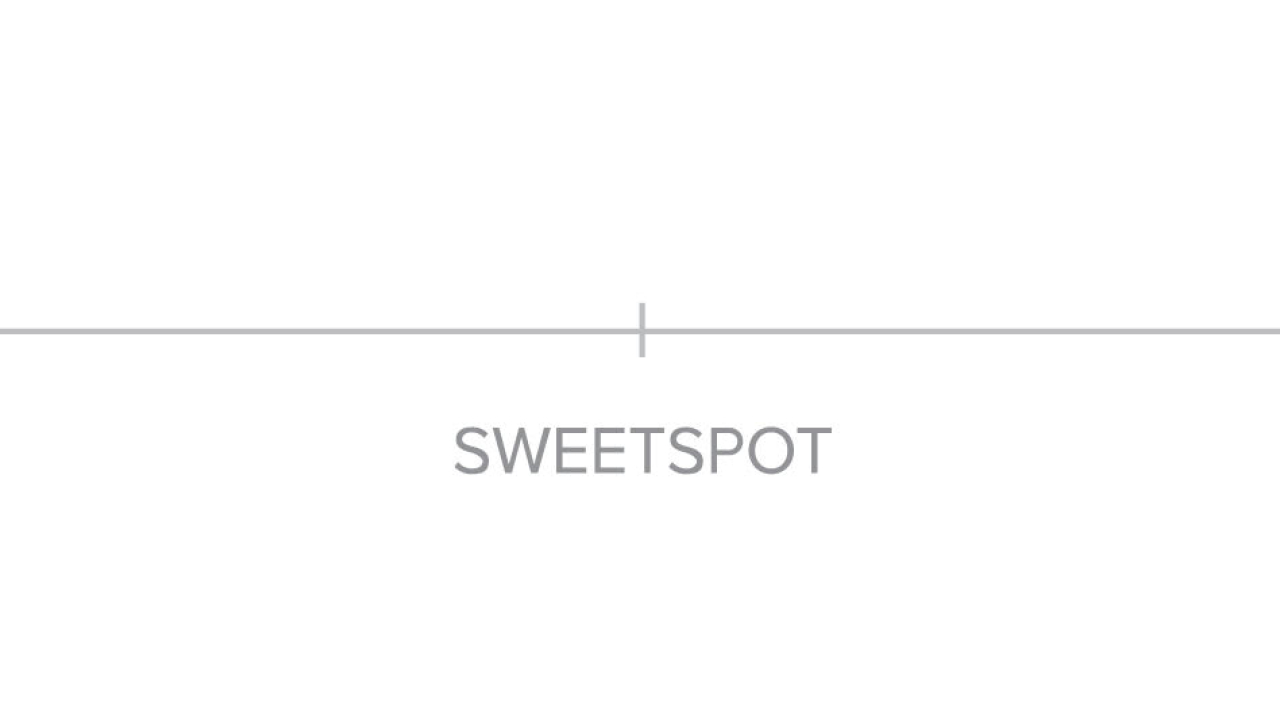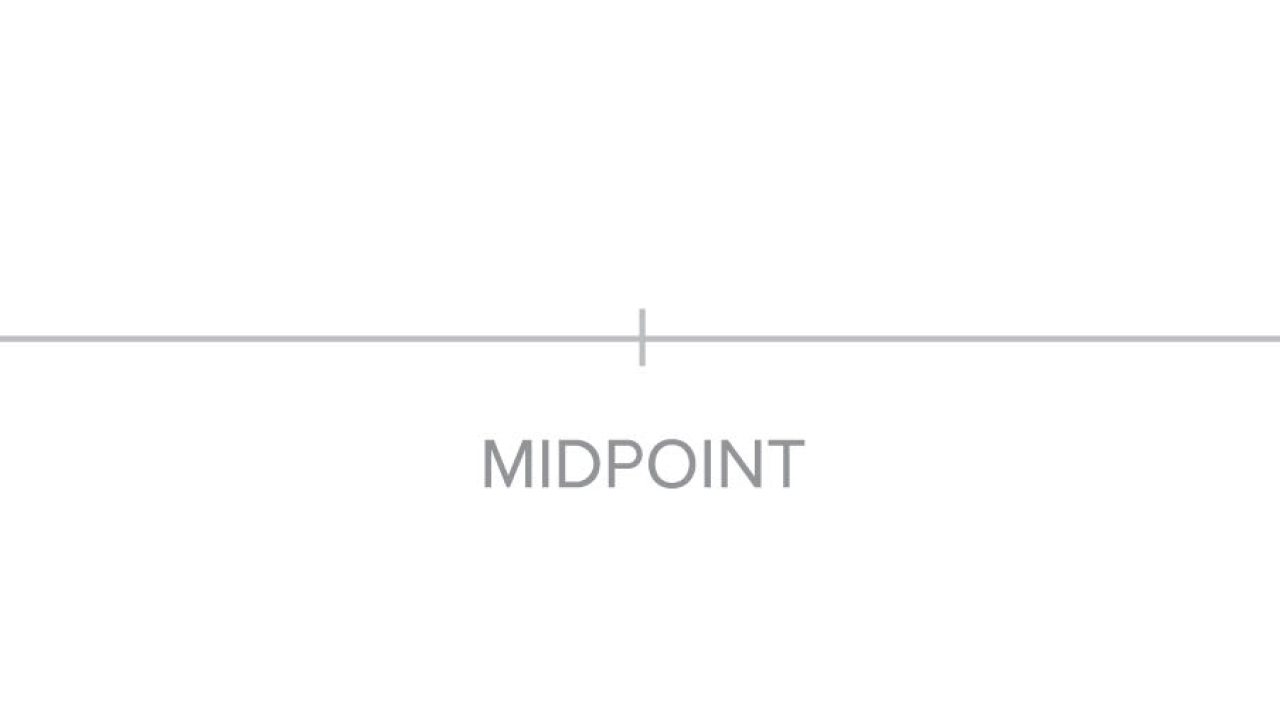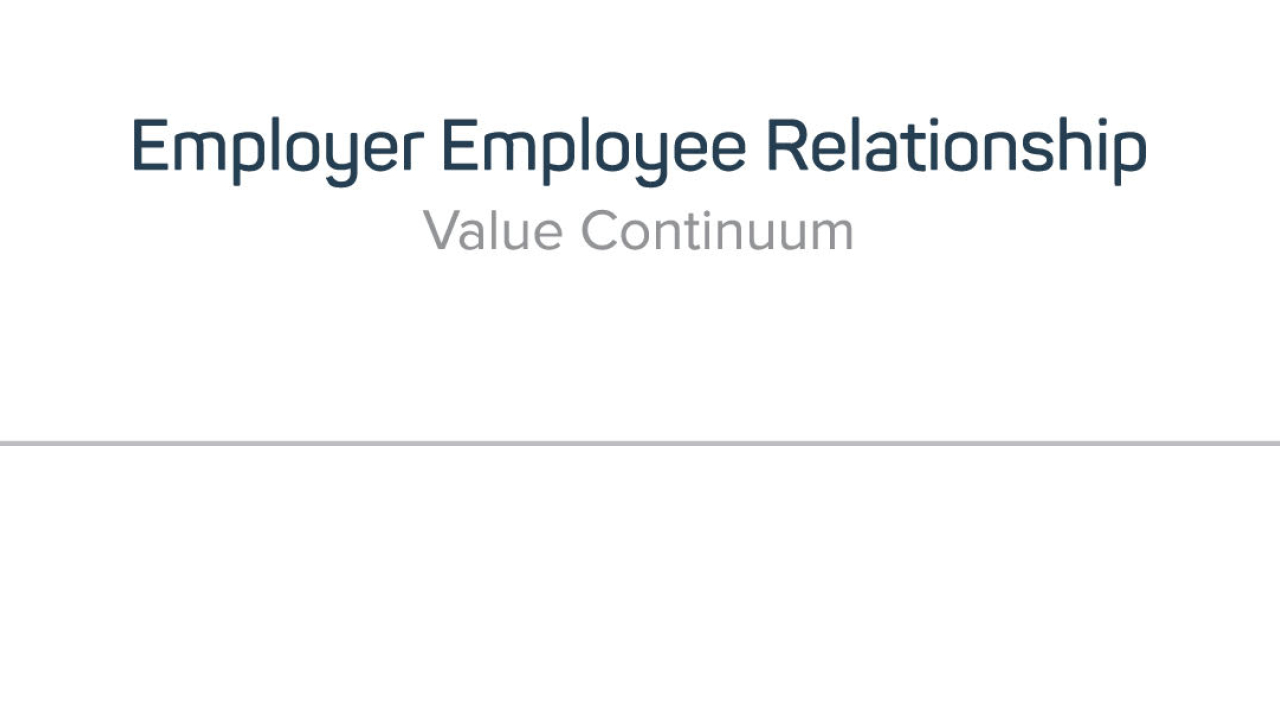
Although recent debates about pay in the public sector suggest our nurses, teachers and Police officers indeed deserve a pay rise, the challenge we face as a nation is figuring out how to pay for it.
The increasing cost of living, particularly in our main centres, has made life more difficult than it should be for those who provide these much-needed services hence the issue isn’t about ‘whether they deserve a pay rise’. It’s about ‘what we can afford as a nation’.
Paying people a proper living wage is critical if we wish to maintain our standard of living however, to achieve this, we need to generate more taxes to fund these vital services.
For this reason, we need policies that encourage commercial investment for its employers we need to support given they employ the country (our public sector only employs around 350,000 people or just under 14% of the country’s workforce).
In this respect, the debate we need to have is how to generate the revenue to pay for the services we value because the idea of robbing Peter to pay Paul won’t provide the answer.
Instead, we have to work together to create a future that generates sufficient funding to invest in the things that matter rather than assuming our resources are limited and it’s just about how we cut it.
To this end, one discussion we desperately need to have is about the relationship organisations have with their people. In particular, it’s about how they enable their people to add greater value to the business as it’s their productivity that will ultimately determine the tax take.
Historically, organisations focused on spending as little as possible on their people to achieve the required outcomes whereas employees were focused on doing as little as possible to retain their employment.
In short, we need to change our view of the employer employee relationship rather than seeing the parties at opposite ends of a spectrum as illustrated below. Our current thinking, which this model highlights, suggests the parties are by nature ‘opposed’ meaning the only option is to try and find a position of acceptability to both parties.

To transform our productivity as a nation, we need to make a quantum shift in the way we view this relationship because irrespective of which side we sit on, we rely on the other for our success.

As you can see in the model above, I have reworded the left end of the spectrum to ‘exploitation’ and the right to ‘capitalisation’ rather than reflecting the party positions.
What this model highlights is not only a new paradigm, but the issues it allows us to address; namely that conventional thinking presumes employees and employers are fundamentally opposed meaning their motivation (mindset) will always be to try and get more from the other (exploitation) in order to do better rather than working together to generate more for each other (capitalisation).
The problem with the current paradigm is that it suggests the income ‘pie’ (revenue) is fixed meaning the only way to increase our share is to take more from the other party. As a result, our productivity is compromised because we’re focus on trying to get what we believe to be ours rather than realising that we’re in it together and will therefore prosper or suffer accordingly. In other words, the mid ‘sweet’ spot is nothing more than an ill-fated illusion as it prevents us from finding a solution.
The alternative
Before we delve into an alternative, we need to accept a couple of facts.
Firstly, the purpose of a business isn’t to employ people. It’s to deliver a return on investment for shareholders.
Secondly, employers don’t have to employ a particular individual, they can employ whomever they wish even though those they approach may not accept their offer.
The fact businesses require people to operate is what makes them vital to society for it not only generates taxes, it provides people with an efficient means to fund their personal lifestyle.
For those who appreciate the above, they will discover a new way of working that delivers vastly better outcomes for everyone. However, until such time as this occurs, the parties will naturally see themselves on opposing teams; hence they will never resolve the issue.

As you can see in this model, referring to the spectrum as a value continuum changes the paradigm. Instead of seeing the ends as a reflection of the party positions, it refers to them as opposing ‘mindsets’ about people’s attitudes towards the relationship. That is, it highlights the fact that historically, the motivation of both parties was to ‘exploit’ the other in order to improve their lot whereas, this model reframes the relationship thereby encouraging the parties to ‘capitalise’ on one-another’s capabilities for the benefit of each other.
Viewing the model this way allows us to see that the further to the left the parties sit, the worse their relationship and productivity will be whereas, the further to the right they are, the more productive and successful they are likely to be.
By redefining the spectrum, it allows us to collaborate for the good of each other for it shows us that the so-called sweet spot we’ve historically aimed for is nothing more than the midpoint between the parties under the current paradigm rather than a point of optimal functioning.
The fact of the matter is, the more the parties seek to exploit their position, the poorer their performance will be. Conversely, the more the parties see themselves as partners in business, the more value they will realise.
The point of my theorem is that employers have to see their employees as the key to their success rather than a resource they need to do business. Equally, employees have to see their employer as the key to their success, not a necessary evil.
If the parties understand they need one another to prosper, they will enjoy a better future. However, until such time as they reach this conclusion, their respective benefits will be compromised.
As US Economics Professor Paul Krugman once said, “When it comes to profitability, productivity isn’t everything, but in the end it is almost everything.” The point is, the more productive a person is, the more money they will make for the business. The less productive they are, the greater the presumed loss of productivity and/or opportunity to the business. Equally, the more profitable a business is, the more it can invest in its future whereas the less profitable it is, the more at risk it is, and so too its people’s employment.
By thinking about the employer employee relationship differently, businesses can focus on doing more ‘for’ their people to improve their productivity rather than trying to extract more ‘from’ their people in order to increase their portion.
If a business can move its relationship with its people to the right, the value they deliver will more than likely increase. If on the other hand it moves to the left, the value they add will diminish. The reason for this is because the value that’s added by an individual is largely driven by their discretionary effort.
Of course, what’s interesting about this idea is the fact that we don’t need to see ourselves at opposite ends of a spectrum as we have in the past. Instead, we can choose to see ourselves as partners in business who have an equally vested interest in the success of the relationship.
An analogy
An analogy that perhaps best reflects this premise is readily viewed in sport. Imagine the business owners are like the managers and coaches, and their staff are akin to the players. The only way the team can win is if the coaches and managers enable their players to put it together on the field. Equally, the only way the players will succeed is if they are enabled by their coaches to win on the day. In this example, the players and coaches aren’t on opposing teams, it’s the team they’re up against that they see as the competition; being equal to ‘other’ companies in the market.
©1995-Present day. All rights reserved – Steel Performance Solutions


